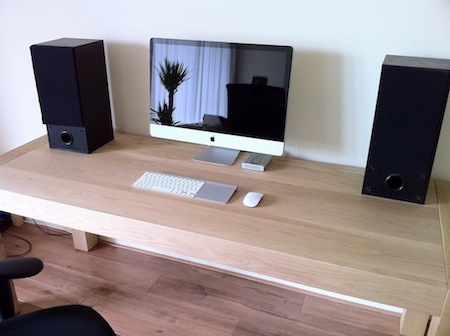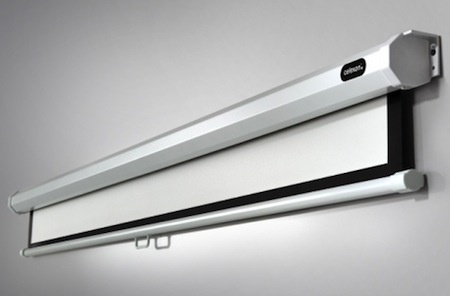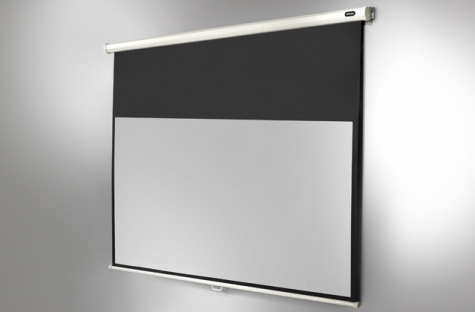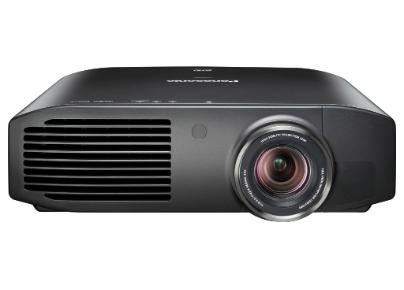If you are running a serious VMware environment, chances are you do have a SAN. Often with smaller setups, many people do employ multiple VMware hosts, but the SAN is a single point of failure.
SANs are often fully redundant devices, with redundant PSUs, storage controllers, network links and RAID arrays. But with all that redundancy build in, they still fail. I've seen it happen and a failing SAN is the worst.
So I'd rather have two cheap entry level SANs if possible than just a single big one and keeping my fingers crossed that they won't fail.
A redundant SAN environment where you basically deploy two separate SAN devices with their own storage needs a replication setup. And replication between SAN environments needs often extra licences or more expensive setups. And the replication mechanism must play well with your virtualisation layer, such as VMware.
But the fun thing is that VMware made everything way simpler by integrating their own storage replication into their vSphere product. I have no experience whatsoever with VMware's new build-in replication feature. But I believe that it is significant.
Replication is a new feature introduced in VMware vSphere 5.1 that is now part of the vSphere Essentials Plus Kit and vSphere Standard. So if you start with two or three VMware hosts and two entry-level SAN devices, you can be quite redundant and can have a fully redundant setup. And that will cost you around 3800 Euro ~ 4800 US dollar.
The Essentials Plus Kit is a nice environment for smaller companies, but license-wise, it does not scale as you are stuck with a maximum of 6 physical CPUs and a maximum of three hosts. However it seems that when you need to expand beyond that capacity, you can trade in your existing license and obtain a discount when upgrading to - for example - vSphere Standard or Enterprise.
The most significant thing about the build-in replication is that it does not matter any more what you use for your storage backend. If you use two entirely different devices from different vendors, that's OK. Because VMware handles all the replication stuff. Those SAN devices become just dumb storage boxes. Most of us just can configure whatever does support iSCSI.
You could even try and be cheap and setup your own homegrown storage boxes. It may not have all the cool features of a true SAN, but at least you have redundant storage.
I'm really curious about this feature and I hope it works well. I'm seriously considering deploying this for the VMware setup of the company I currently work for. It does however require an extra external host that manages the actual replication, which may add to the cost.
Any comments are welcome.




